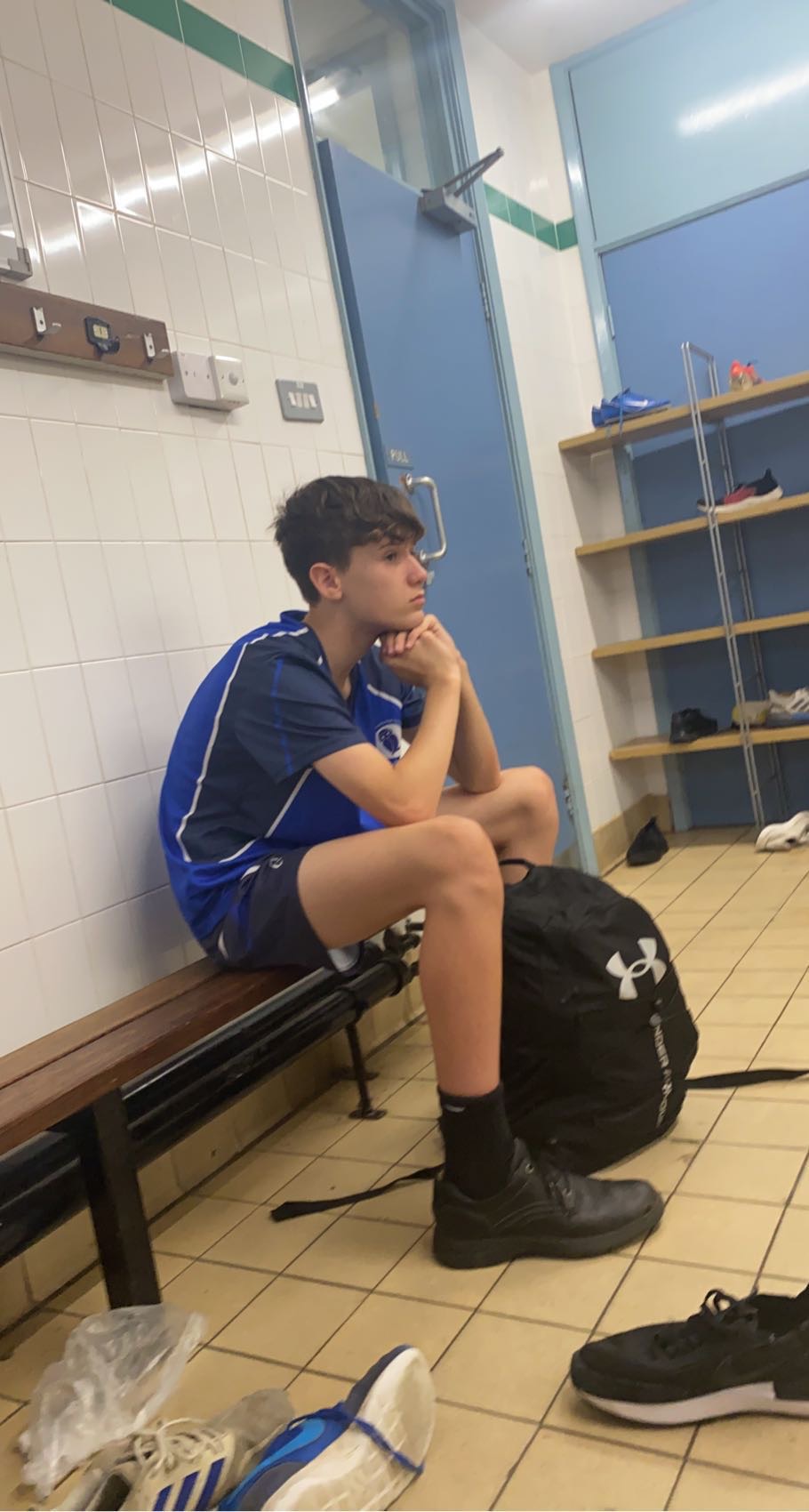Romanian orphan studies
Cards (13)
- What was the main finding of Rutter et al (1998) regarding Romanian orphans?
- What did Rutter assess in his 2007 research?
- How were institutionally deprived adoptees compared in Rutter's 2007 study?
- What methods were used to assess the children's behavior in Rutter's study?
- What was the association found between disattachment and institutional deprivation?
- Was there a significant increase in disattachment related to duration of institutional deprivation beyond 6 months?
- What type of attachment was more frequent in institutionally adopted children?
- What type of scans did Chugani et al. (2001) use in their research?
- How many children were in Chugani's sample compared to normal adults?
- What deficits were observed in the Romanian orphans according to Chugani's assessment?
- Which brain regions showed decreased activity in Romanian orphans?
- What conclusion did Chugani reach regarding brain dysfunction in Romanian orphans?
- What does the research support regarding critical periods and early intervention?
